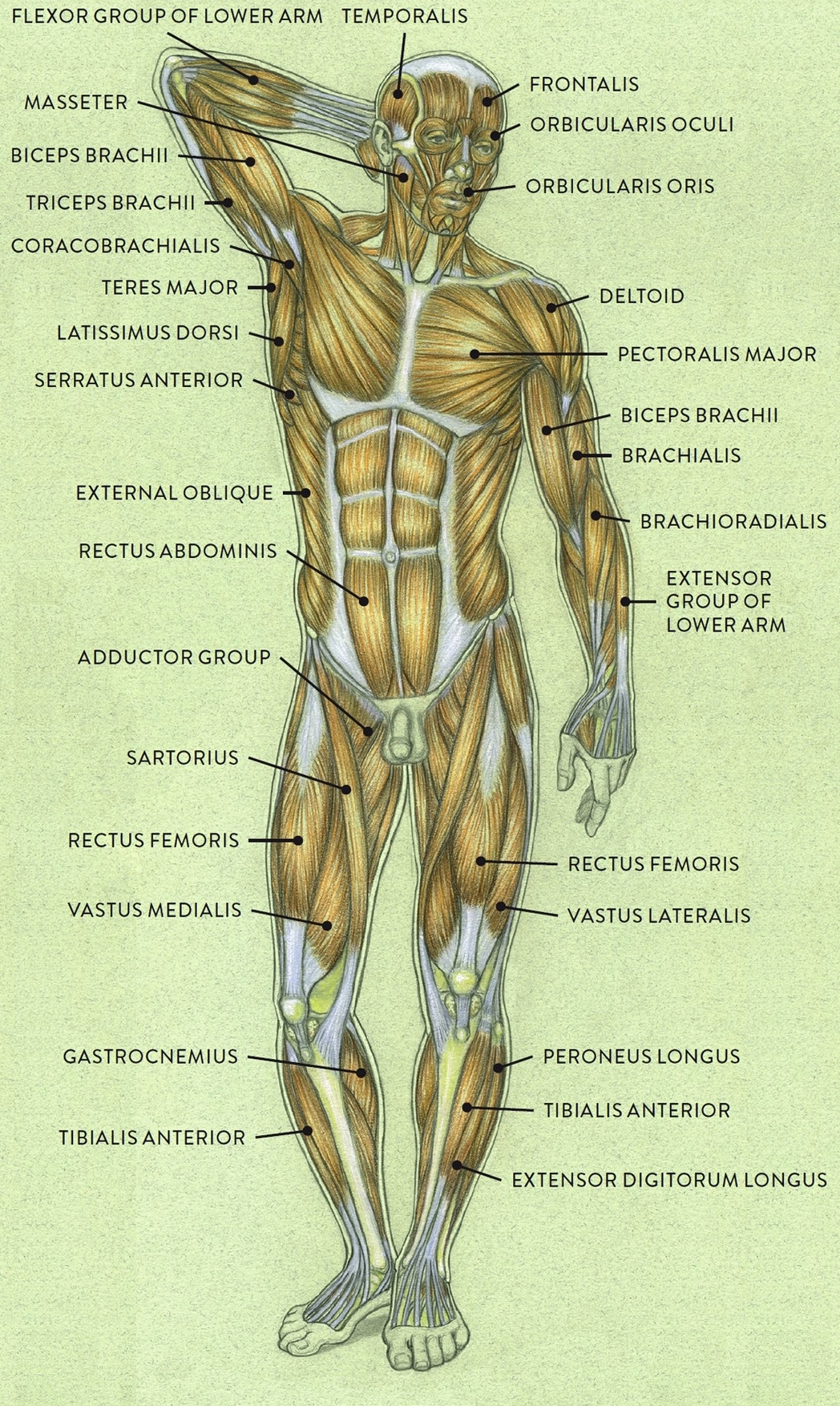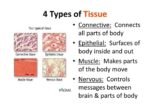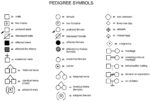The human torso, also known as the trunk, is the central part of the body to which the head and the limbs are attached. It houses all the vital organs of the human body, except for the brain. The muscles in the torso attach to the skeletal core of the trunk and are divided into two large groups based on their location: the anterolateral muscles and the posterior muscles.
Anterolateral Muscles of the Trunk
The anterolateral muscles cover the front and sides of the trunk. They are further divided into the muscles of the thoracic cage and the muscles of the abdominal wall.
1. Muscles of the Thoracic Cage: These include the pectoralis major, pectoralis minor, serratus anterior, subclavius, intercostal (external, internal, and innermost), subcostal, and transversus thoracis muscles, including the diaphragm. These muscles attach the upper limb to the axial skeleton of the trunk, support the thoracic cage, and are involved in movements of the upper limb and in respiration.
2. Muscles of the Abdominal Wall: These include the rectus abdominis, external abdominal oblique, internal abdominal oblique, transversus abdominis, pyramidalis, and quadratus lumborum. These muscles play a crucial role in protecting the internal organs and assisting in various bodily functions like breathing, movement, defecation, and micturition.
Posterior Muscles of the Trunk
The posterior muscles of the trunk are divided into superficial and deep muscles.
1. Superficial Muscles: These include the latissimus dorsi, trapezius, rhomboid major and minor, levator scapulae, and the serratus posterior superior and inferior.
2. Deep Muscles: These are further divided into three layers. The superficial layer includes the spinotransversales group (splenius capitis, splenius cervicis). The intermediate layer consists of the erector spinae group (iliocostalis, longissimus, spinalis). The deep layer comprises the transversospinal muscles (semispinalis, multifidus, rotatores longus and brevis). The deepest layer includes the interspinales, intertransversarii, and levatores costarum.



